Chaitra Navratri is a nine-day Hindu festival that falls in the Hindu month of Chaitra, which typically falls in March or April. It is also known as Vasant Navratri, as it marks the beginning of the spring season in India. In this Blog we will let you know about the Chaitra Navratri and about its Significance, rituals, traditions and more.
Chaitra Navratri Festival
Navratri is a Hindu festival that celebrates the victory of good over evil. It is observed for nine nights and ten days in the autumn season, and each day is dedicated to a different manifestation of the goddess Durga. Hindu scriptures plays a significant role in the celebration of Navratri, as it tells the story of how the goddess Durga defeated the demon Mahishasura.
According to Hindu scriptures, Mahishasura was a powerful demon who had received a boon from Lord Brahma, which made him virtually indestructible. With his newfound power, Mahishasura began to terrorize the gods and the people of the earth. Seeing the plight of the people, the gods approached Lord Brahma, who advised them to seek the help of the goddess Durga. Durga, who was created by the combined energies of the gods, went to battle against Mahishasura. The battle lasted for nine days and nights, during which Durga fought fiercely and eventually defeated Mahishasura on the tenth day, which is celebrated as Vijayadashami or Dussehra.
The story of Durga and Mahishasura represents the triumph of good over evil and is an important theme of Navratri. During the festival, people offer prayers to the various forms of the goddess Durga and seek her blessings for happiness, prosperity, and success in life. Stories are often narrated during Navratri to inspire people to follow the path of righteousness and fight against evil in all its forms.
Chaitra Navratri Rituals and Traditions
During Chaitra Navratri, devotees worship the nine forms of the Hindu goddess Durga or Shakti. Each day of the festival is dedicated to one of the forms of Durga, and on the ninth day, the festival culminates with Ram Navami, which marks the birth of Lord Rama.
The occasion is observed with great devotion and enthusiasm in different parts of India, especially in North India. Devotees observe fasts and perform Durga pujas and aartis to seek the blessings of Goddess Durga and to celebrate the victory of good over evil. It is believed that by performing these rituals with sincerity and devotion, one can obtain the blessings of the goddess and overcome obstacles and difficulties in life.
During the festival devotees also observe certain customs and rituals, such as performing special prayers, offering flowers, lighting diyas or lamps, and fasting. Many people choose to abstain from consuming meat, alcohol, and certain vegetables during this period. In some regions, a special type of food called Navratri food is prepared during the festival. This food is made without onion and garlic, and only certain vegetables and grains are used. Many people also choose to donate food, clothes, or money to the needy during this time, as it is considered a time of generosity and charity.
All about the Chaitra Navratri
Chaitra Navratri is an important festival for Hindus and is celebrated with great zeal and enthusiasm. It is believed that by worshipping the goddess and seeking her blessings, one can attain spiritual enlightenment and happiness in life. The festival also symbolizes the victory of good over evil, and serves as a reminder to people to follow the path of righteousness and truth.
It is a Hindu festival that is observed in the Hindu month of Chaitra, which falls between late March and early April, to celebrate the victory of good over evil. It is a nine-day festival that culminates in the celebration of Ram Navami, the birth anniversary of Lord Rama, the seventh incarnation of Lord Vishnu. During the Navratri, devotees worship Goddess Durga and her nine different forms, known as the Navadurga. Each day of Navratri is dedicated to one of the 9 forms of Devi Durga. The festival is observed with great devotion and fervor, and devotees fast, perform Puja, and offer prayers to seek the blessings of the divine mother.
According to Hindu scriptures, the festival of Chaitra Navratri marks the time when Lord Rama prayed to Goddess Durga for nine days before going into battle with Ravana, the demon king of Lanka. The goddess blessed him with the power to vanquish Ravana and emerge victorious in the battle. Therefore, it is also known as Rama Navratri. Anyway, Chaitra Navratri is observed to celebrate the triumph of good over evil and to seek the blessings of the divine mother for strength, prosperity, and well-being.
How Chaitra Navratri Observed?
Chaitra Navratri is observed with great devotion and enthusiasm by Hindus all over India, especially in North India. The festival lasts for nine days, with each day dedicated to one of the nine forms of the goddess Durga. Here are some ways in which the Navratri is observed:
Puja and Aarti: Devotees perform special puja and aarti rituals at home or in temples, where they offer flowers, incense, and other offerings to the goddess. They also recite mantras and sing bhajans or devotional songs in praise of the goddess.
Fasting: Many people observe fasts during Navratri, where they abstain from consuming certain foods and drinks. Some people choose to fast for the entire nine days, while others fast on certain days, such as the first and last day of Navratri.
Decoration: Homes and temples are decorated with flowers, rangolis (colorful designs made with colored powders), and other festive decorations. People also wear new clothes and jewelry during Navratri.
Food: Many people prepare special Navratri food, which is made without onion and garlic, and only certain vegetables and grains are used. Some of the popular Navratri dishes include sabudana khichdi, kuttu ki puri, and samak rice.
Charity: Many people choose to donate food, clothes, or money to the needy during Navratri, as it is considered a time of generosity and charity.
Ram Navami: The festival culminates with Ram Navami, which marks the birth of Lord Rama. Devotees perform special puja and aarti rituals on this day and offer sweets and fruits to Lord Rama.
By all means, Navratri during the month of Chaitra is a time for spiritual reflection and seeking the blessings of the goddess Durga. It is a time to celebrate the victory of good over evil and to embrace positivity, love, and compassion in one's life. During this Navratri, devotees also observe certain customs and rituals, such as performing special prayers, offering flowers, lighting diyas or lamps, and fasting. Many people choose to abstain from consuming meat, alcohol, and certain vegetables during this period.
Get yourself the Energized Durga Yantra
Importance of Chaitra Navratri
It is a significant festival in Hinduism and holds great importance for devotees. Here are some reasons why Chaitra Navratri is important:
Worship of Goddess Durga: The festival is dedicated to the worship of the nine forms of the goddess Durga or Shakti. Devotees seek her blessings and protection during Navratri, and believe that worshipping her can help overcome obstacles and challenges in life.
Victory of Good over Evil: Navratri celebrates the victory of good over evil, as it is believed that the goddess Durga defeated the demon Mahishasura during this time. The festival is a reminder to people to always stand up against injustice and follow the path of righteousness.
Spiritual Significance: Navratri is a time for spiritual reflection and seeking the blessings of the divine. Devotees perform special rituals and fasts to purify their minds and bodies, and to attain spiritual enlightenment.
Celebration of spring: It marks the beginning of the spring season in India, and is also known as Vasant Navratri. The festival celebrates the arrival of new life and the beauty of nature.
Cultural Significance: Chaitra Navratri is an important cultural festival in India and is celebrated with great enthusiasm and fervor. It is a time for family gatherings, exchanging gifts, and enjoying traditional rituals.

















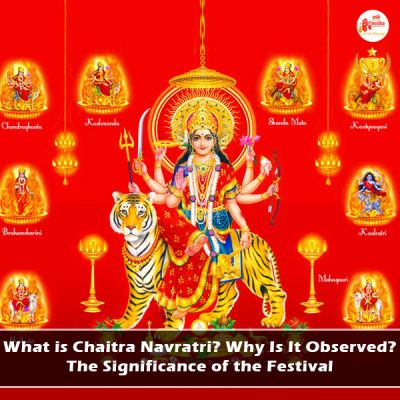
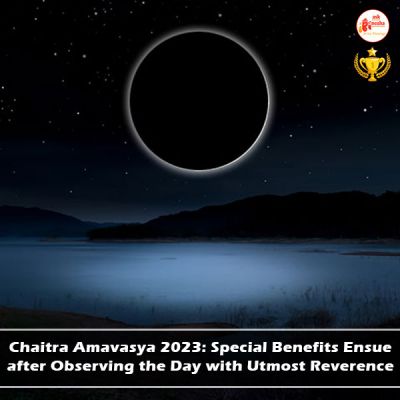
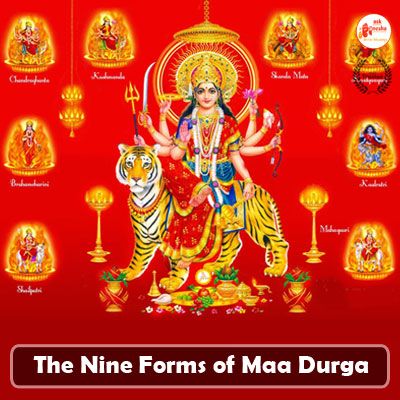
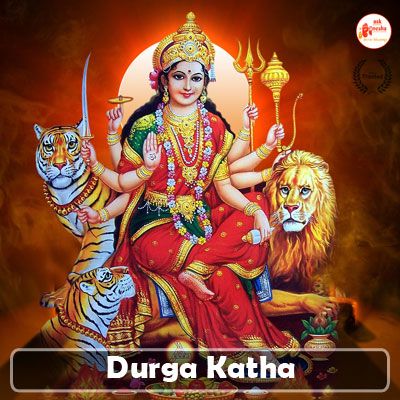
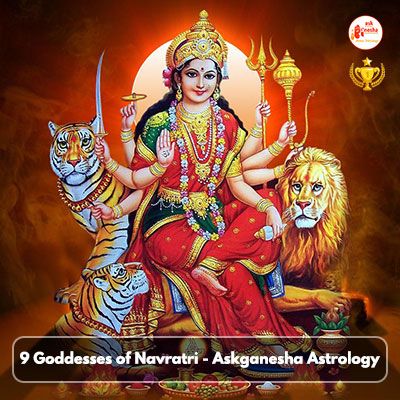

 Translate
Translate